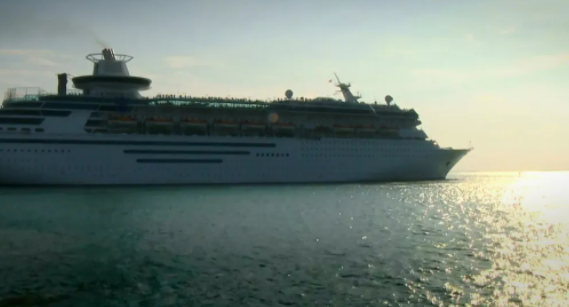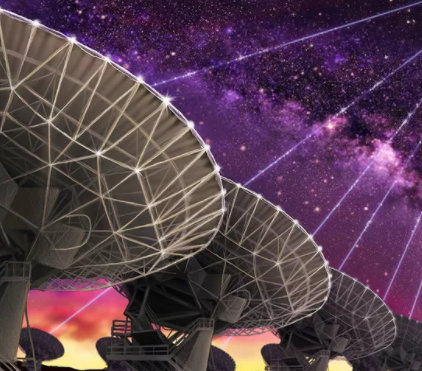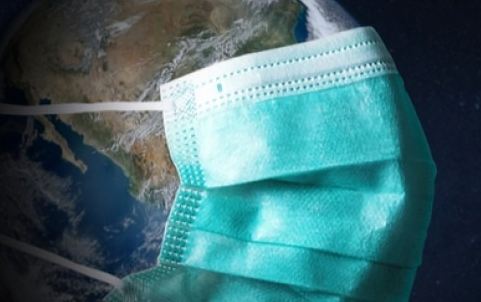Cruise Ships and Our Environment
It is easier to be alarmed by the environmental hazards posed by matter on land than on the water. Water has a way of habituating some of the most destructive or dangerous substances without visible evidence of its impact until it is consumed or consumes living things. If you consider oceans when it rises and falls with the tidal waves blowing through them, one may be betrayed by the natural feel of the experience and insinuate the same for the existence of these aquatic lives habituating in them.
But that is not the case. Cruise ships would not let that be.
Unlike other ships, for instance, cargo ships whose utility is maximized upon reaching its final destination to deliver its supplies, the experience of the journey in itself are the reward or end satisfaction for travelling in a cruise ship. Hence, the ocean is constantly and consistently impacted by the lifestyle of the travelers—and this has debilitating effects on oceans and the living things therein.
How?
According to data from the Prosecutor of Venice, cruise ships pollute the ocean as much as 14,000 cars would pollute the environment. Little wonder why cruise ships are often referred to as “floating cities”. World Tourism Organization and United Nations Environment Programme compare the carbon dioxide emission of a journey on a cruise ship as 1000 times more than that of a train journey. The nitrogen oxide produced from cruise ships contributes more than one-quarter of the nitrogen oxides produced in coastal areas and port cities. Acid rain is a resultant effect of this pollution, and they have a negative impact on aquatic life.
What about the food, drinks, wastewater, non-biodegradable matter that go into cruise ships? Where does the outlet of the waste or by-product of this matter go into? Your guess is as good as ours—cruise ships have been caught discharging sewage, hydrocarbons, and trash into oceans. Now, consider—a cruise ship harboring 3,000 passengers produces about 210,000 gallons of sewage in one week. To put it into context, this is enough to fill 50 swimming pools with highly toxic waste substances. It is arguable that this represents a minuscule volume when compared with the volume of ocean bodies, but from a sustainability perspective, the compounding of such proportions of waste would portend serious harm for the future of aquatic life in oceans.
A few times, one may have seen or heard reports of lifeless giant dolphins or killer whales floating near beaches or ocean banks. A cruise ship is a big party with many entertainment activities, but noises from the cruise ships’ machinery have more debilitating effects on mammals who have supersensitive hearing that makes them particularly susceptible to loud blasts of sound in the ocean. It’s not only the noise pollution; even the cruising of these ships on water causes physical harm to whales and dolphins.
Environmental activists have been actively advocating for the protection of the oceanic ecosystem, but it will take more than advocacy to achieve the desired result. Until alternative fun activities that are cheaper and more satisfying is presented to persons going on vacation, cruise ships will continue to have, perhaps reduced, significant impacts on oceans.







